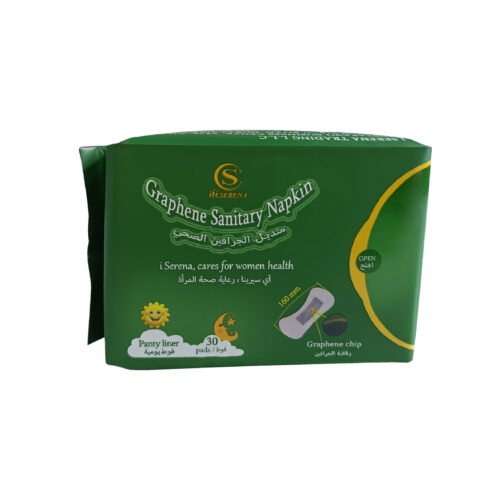Explaining puberty to your daughter

Is this normal?
It can be difficult to know what is “normal” and what is not during puberty. In this article, we share some of the most common questions girls ask, along with scientific advice, so you can make sure you’re explaining puberty to your daughter and helping her through this stage in the right way.
Heavy and painful periods
No woman should have to suffer from severe menstrual pain.
Regular cramps feel like mild to moderate pain in your lower abdomen, lower back, and even your upper legs. This is normal. Severe menstrual pain and severe cramps are different. They’re the kind of pain that would keep you home and wouldn’t respond to over-the-counter pain relievers.
It is most likely to occur on the first day of your period, or shortly before. It could be caused by an underlying medical problem, or a condition called dysmenorrhea. In these cases, it is best to consult your doctor.
Hair prophecy everywhere!
While most girls expect to grow hair on their arms, legs and pubic area, your daughter may be surprised to find it growing in other places as well—from the upper lips to the nipples and chin. This is normal and nothing to be ashamed of.
It’s up to her to decide whether or not she wants to remove it, there are no rules. You can help by reassuring her that this hair growth is normal, and by discussing different ways she can remove it, if that’s what she wants.
severe mood swings
While many of us experience discomfort or mood swings during our periods, helping your daughter through puberty means keeping an eye on her extreme mood swings. If she exhibits five or more of the following symptoms to a worrying degree, she may have a syndrome called premenstrual dysphoric disorder (PMDD)
-
Deep sadness or hopelessness with possible suicidal thoughts
Crying
Fatigue
Constant anger
Lack of interest in daily activities and relationships
Low energy
Feelings of constant stress or anxiety
Trouble thinking or concentrating
Intense food cravings or binge eating
Panic attacks
Feeling out of control or overwhelmed
.
Fortunately, PMMD can be managed with treatment, so if you think your daughter might have it, talk to your doctor to get an accurate diagnosis
Istihadah between periods
Bleeding between periods can be confusing, to say the least. Istihadah is light vaginal bleeding that occurs between periods. If it occurs before or after your regular period, it’s likely normal. However, if it happens frequently or unexpectedly, consider seeing your doctor.
early or late growth
There is no “right” time for puberty to start, but most girls start showing signs of puberty between the ages of 9 and 13. If you don’t notice any pubertal changes by age 13, it’s worth getting a medical checkup.
Problems making friends
Friendships can be a difficult part of puberty. Your daughter may not be particularly social, but if she seems generally happy, there’s no need to worry. However, if she’s struggling with socializing, here are some tips to help your daughter through puberty:
- Encourage her to plan an activity – such as a night out with a friend or playing football in the park.
Give your daughter lots of praise for her efforts to help boost her self-esteem.
If she’s lacking confidence, help her meet other children who share her interests, or suggest she join a club where she might meet like-minded people.
Try not to pressure her about friends or discuss the subject constantly.









